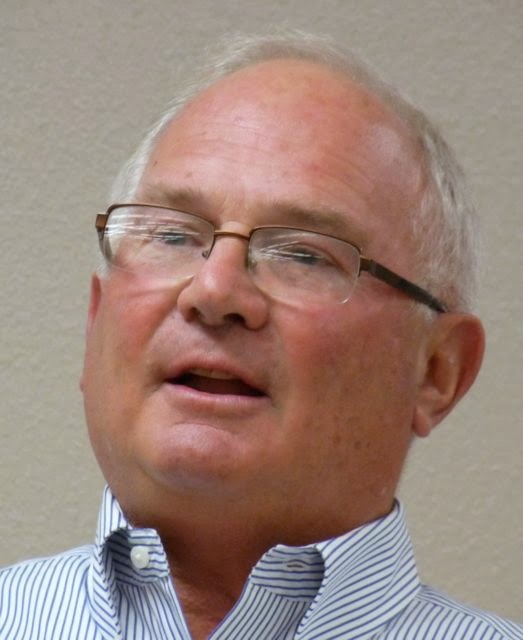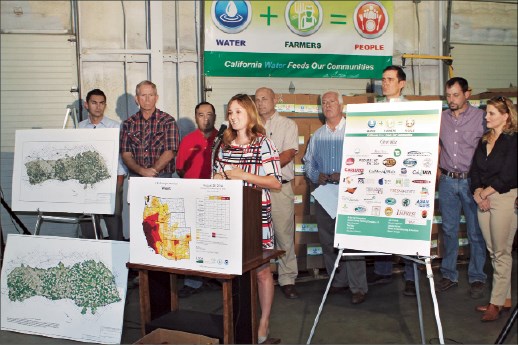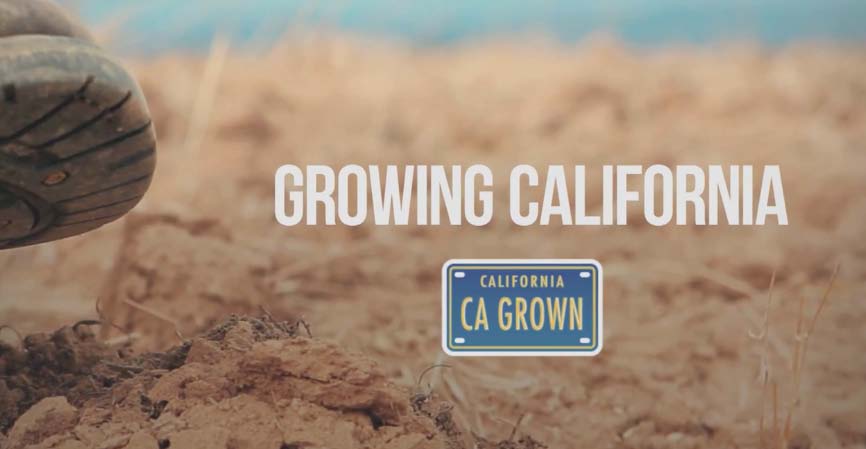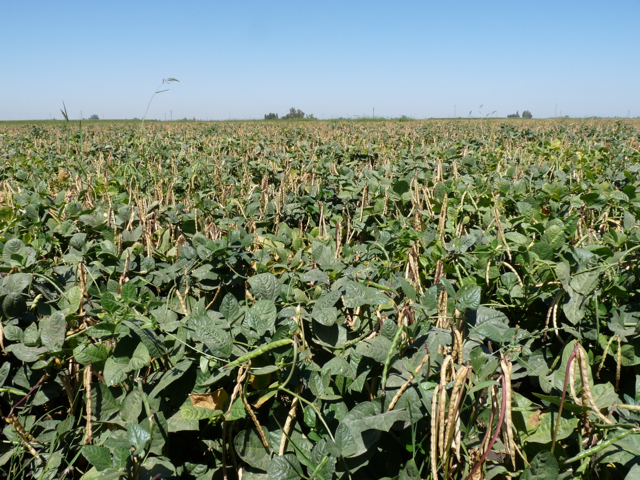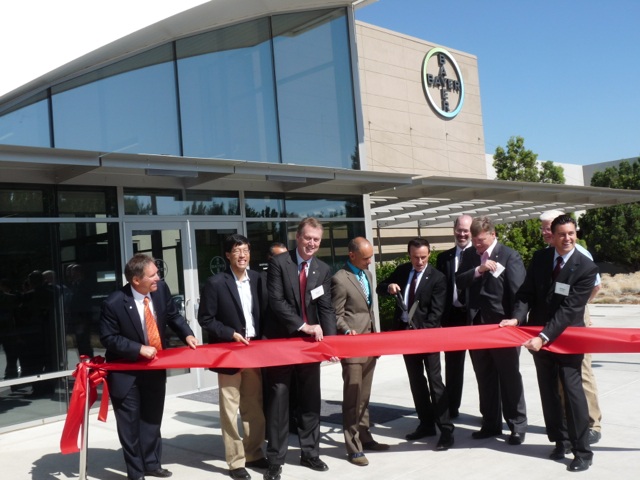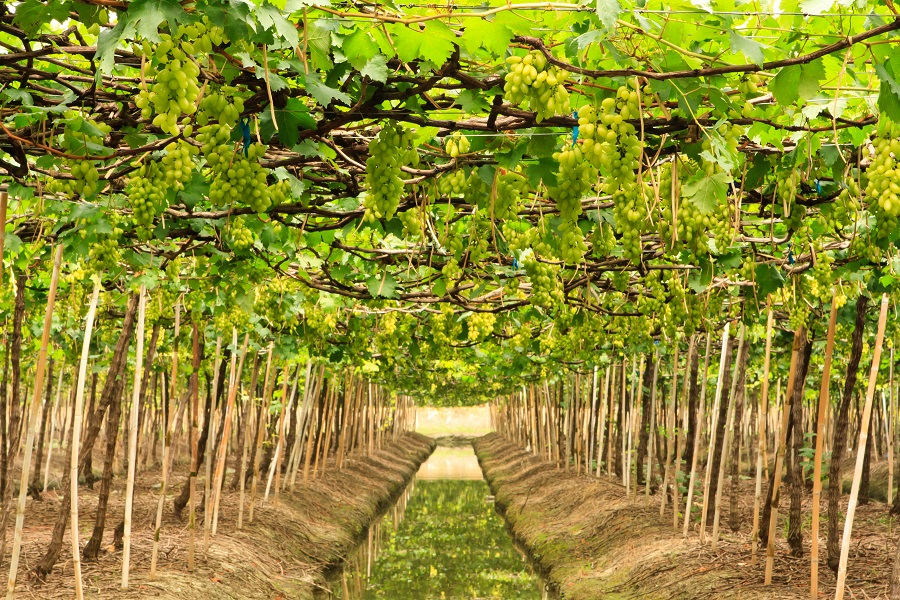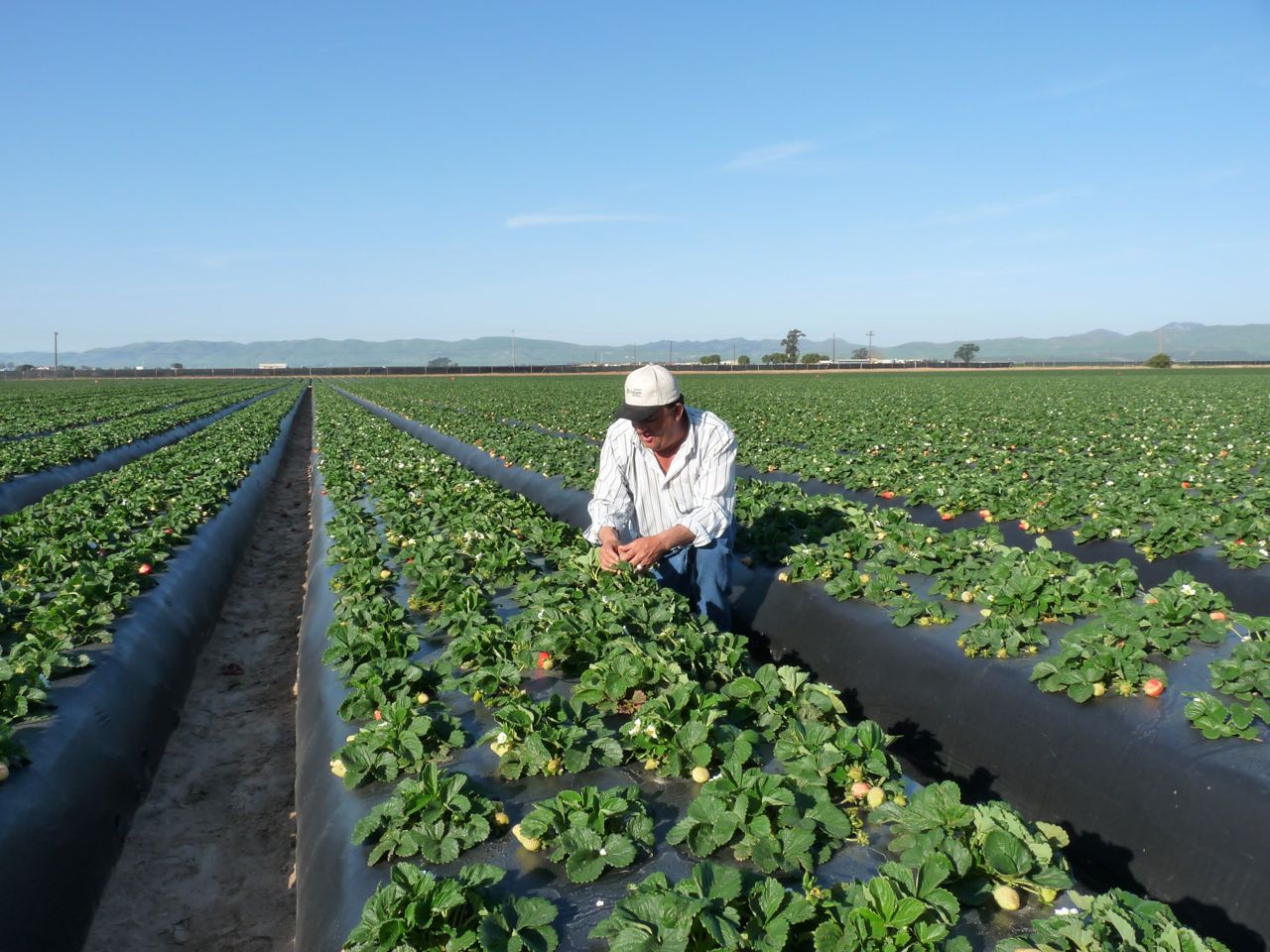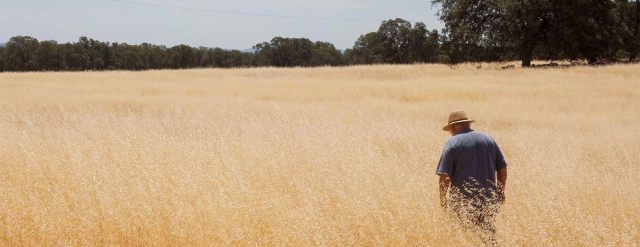California gets $22 million from USDA for conservation programs
Source: CDFA
Agriculture Secretary Tom Vilsack announced that $328 million in conservation funding (more than $22 million to California) is being invested to help landowners protect and restore key farmlands, grasslands and wetlands across the nation. The USDA initiative will benefit wildlife and promote outdoor recreation and related sectors of the economy.
“Conservation easements help farmers and ranchers protect valuable agricultural lands from development, restore lands that are best suited for grazing, and return wetlands to their natural conditions,” Vilsack said. “These easements are making a dramatic and positive impact for our food supply, rural communities and species habitat.”
The funding is provided through the Agricultural Conservation Easement Program (ACEP), which was created in the 2014 Farm Bill to protect critical wetlands and encourage producers to keep lands in farming and ranching. Approximately 380 projects nationwide were selected to protect and restore 32,000 acres of prime farmland, 45,000 acres of grasslands and 52,000 acres of wetlands. A summary of ACEP funding provided to each state can be found online.
In addition to protecting cropland and critical habitats, conservation strengthens outdoor recreation and helps boost the economy. According to the National Fish and Wildlife Federation, annual United States conservation spending totals $38.8 billion, but it produces $93.2 billion of economic output throughout the economy – 2.4 times more than what is put in. This output takes the form of more than 660,500 jobs, $41.6 billion in income and a $59.7 billion contribution to national Gross Domestic Product, or GDP.
Through ACEP, private or tribal landowners and eligible conservation partners working with landowners can request assistance from USDA to protect and enhance agricultural land through an agricultural or wetland easement.
These easements deliver many long-term benefits. For example, this year’s projects will:
- Improve water quality and wetland storage capacity in the California Bay Delta region;
- Reduce flooding along the Mississippi and Red rivers;
- Provide and protect habitat for threatened, endangered and at-risk species including sage grouse, bog turtles, Florida panthers, Louisiana black bear, and whooping cranes to recover populations and reduce regulatory burdens; and
- Protect prime agricultural land under high risk of development in urban areas to help secure the nation’s food supply and jobs in the agricultural sector.
ACEP consolidates three former Natural Resources Conservation Service (NRCS) easement programs – Farm and Ranch Lands Protection Program, Grasslands Reserve Program and Wetlands Reserve Program – into two components. One component protects farmlands and grasslands, and the other protects and restores agricultural wetlands.


